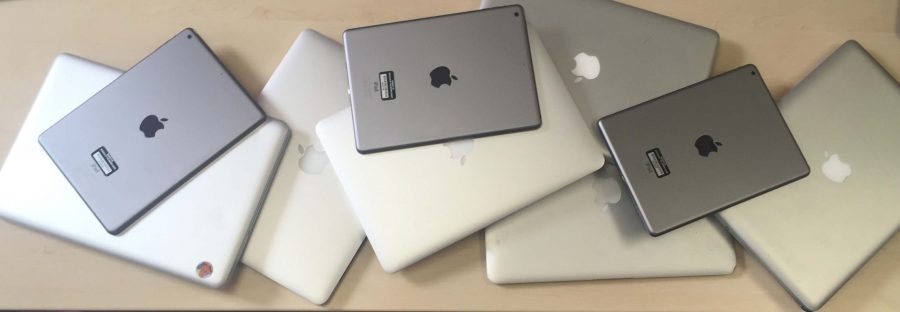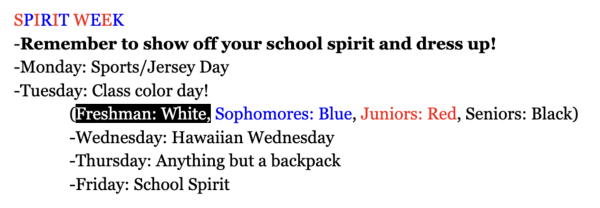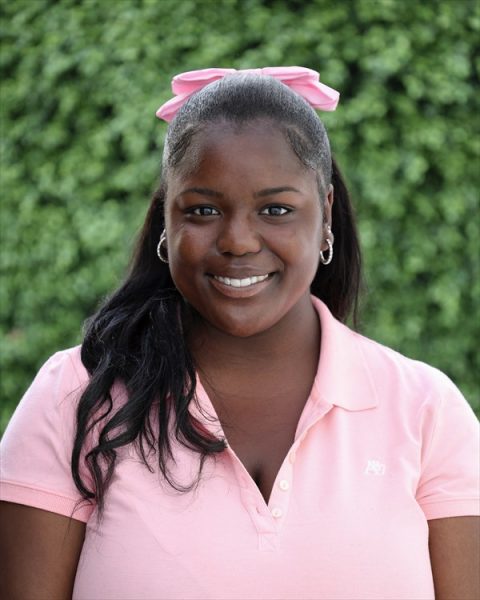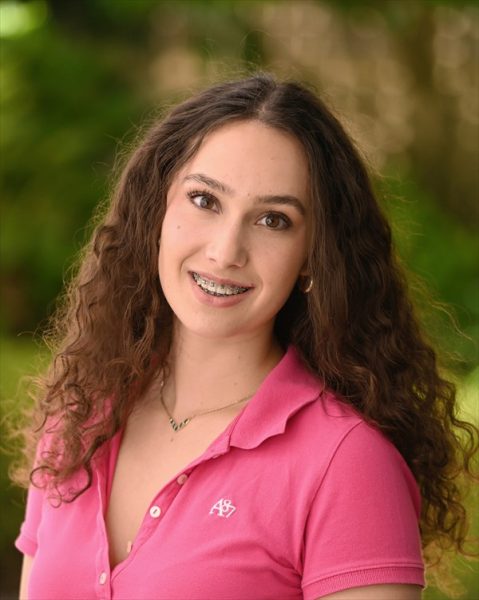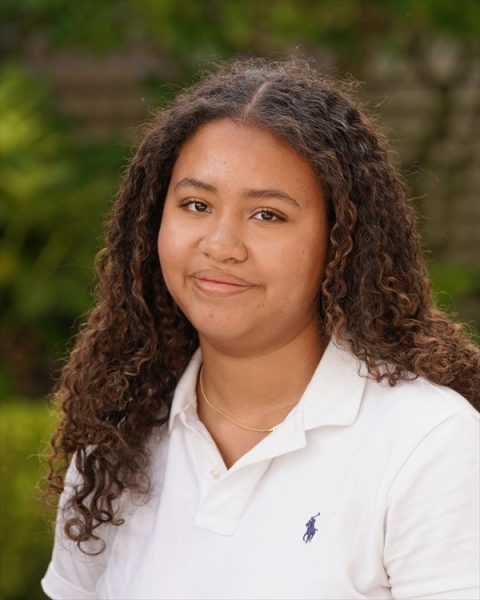BYOD replaces 1:1 iPad program
Students, families to determine their primary device for school use.
May 26, 2016
In a recent sophomore theology class of nine students, eight used personal laptops for classwork instead of iPads, confirming the high school’s transition to an ePack Bring Your Own Device Program starting next year.
Students in both high schools will no longer lease school-owned iPads from the ePack 1:1 Device Program.
“In the girls high school, we started to see a lot of girls showing up with laptops,” Director of Educational Innovation Howard Levin said. “In the boys high school, we started to hear more and more concerns informally from students and faculty that the iPads weren’t giving them the functionality that they fully needed.”
Students will be required to bring any device except Chromebooks that satisfies the school’s minimum requirements to complete their classwork and homework to serve as their primary device, according to Levin.
“We think the majority of students are going to show up with Macs,” Levin said. “We are trying to encourage that, just because there is so much more familiarity among students and faculty with the operating system, but we want to really open it up. We know there are quite a few students who have PCs at home and are much more comfortable with PCs. If they can make that work, then that’s great.”
Plans to change the program formally began last September, although thoughts from administration and feedback from students arose much earlier, according to Levin.
“We crafted a survey for all students and faculty asking them about their general preferences and practices,” Levin said. “They all pointed to a very high percentage of students and faculty saying the iPads just weren’t providing all the functionality they wanted, in particular around keyboarding.”
Most of the survey responses indicated a preference for laptops, according to Levin.
“For school work, it’s a lot easier to use a laptop because it’s bigger and there’s a keyboard which makes it easier to type faster,” sophomore Ava Jones, who started bringing a laptop to school everyday towards the end of last year, said.
Junior Claudia Bouchard favors laptops because of the keyboard and ability to have multiple windows open at once.
“On an iPad, you have to keep switching back and forth between apps,” Bouchard said. “When I’m trying to write a re- search paper, I need to have the Internet and my document open at the same time, which is hard to do on an iPad.”
Students who wish to buy a less expensive laptop for next year can purchase a used one from the school as an alternative to purchasing a new computer, according to Levin.
While the majority of students prefer laptops, sophomore Hannah Taschek is part of a small percentage of students and faculty who currently use an iPad as a primary device.
“At home, I use my desktop computer, which I obviously can’t bring to school, so I didn’t really have the choice to bring a laptop last year and this year,” Taschek said. “Sometimes I bring an attachable keyboard with my iPad, but only if I know I am going to be typing a lot.”
Returning students can either purchase their current iPad for $215 or $150, depending on the model, or return their iPad back to the school.
“I plan on returning my iPad just because I don’t like using iPads,” Bouchard said. “You can have apps like Instagram and Snapchat on it, so it’s easy to get distracted.”
The committee’s initial de- sire was to mandate laptops for all students, but Levin says the small minority of students and faculty who prefer the iPad cannot be ignored.
“I really believe an iPad and other kinds of tablets offer advantages to a segment of our teaching and learning population that laptops don’t,” Levin said. “Both myself and Senior Admin that looked at the final proposal wanted to open the doors as wide as we could to the options for students and not limit it to laptops for keyboarding sake. We know that some students and adults are actually faster in their inputting on an iPad.”



